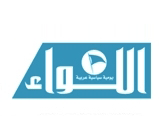Lebanese environment investment: risks and challenges
Walid Safi (Al- Anbaa)
17 مايو 2018
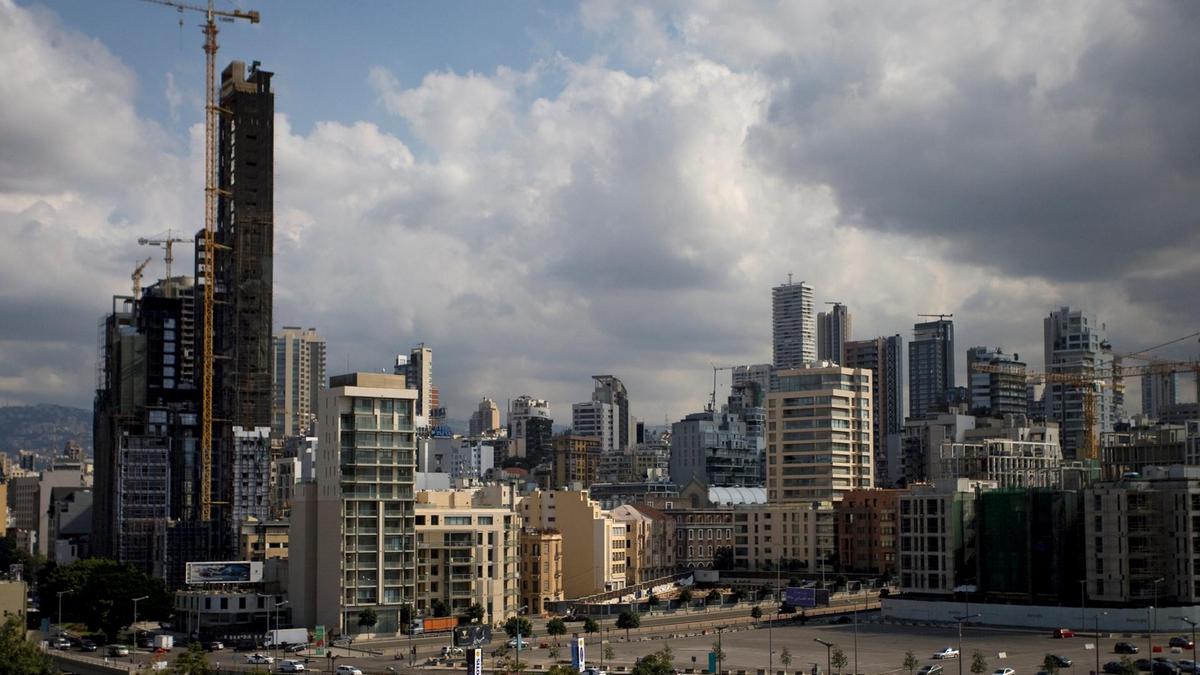
Lebanon currently represents promising opportunities for investment, yet poses multiple risks that might create some obstacles for investors. Investment opportunities in Lebanon cover several sectors such as: oil, energy, water, telecommunication, transportation and solid waste; the reconstruction of Syria when the war ends is also one of the most promising opportunities for Lebanon, which represents a major platform in this regard.
As for the risks, I believe they are related to the following issues:
- The size of the public debt ratio to the national income was recorded around 150% in year 2017.
- The decrease in the ability of the state for investments’ expenditure in comparison with the total government expenditures, especially in the recent years.
- The low economic growth and high inflation.
- The weak competitiveness of the national economy and its inability to generate added value jobs.
- And last, the large balance of payment deficit.
As for challenges, I think that the country currently faces many, such as:
- The impact of regional events and the large number of refugees who are putting enormous pressure on the infrastructure and the environment of the country.
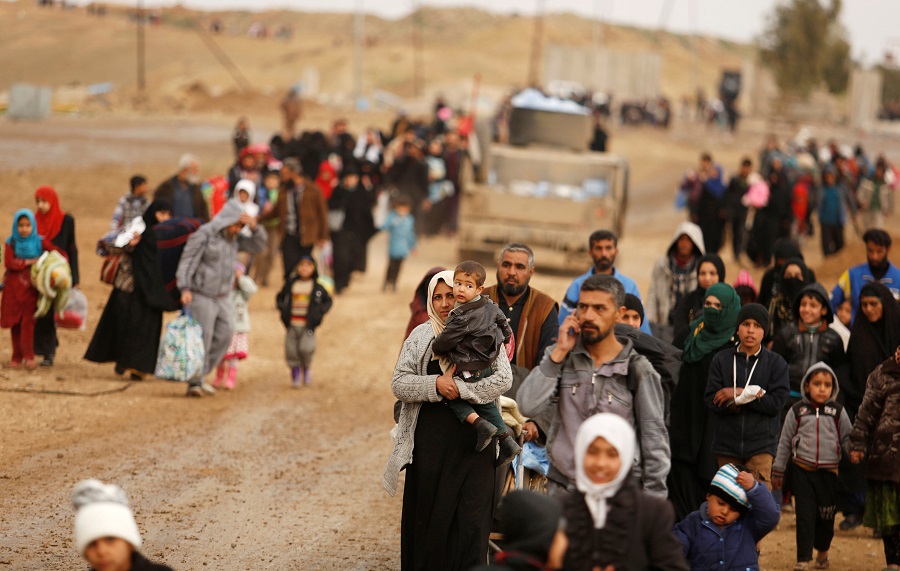
- Its ability to maintain stable security and the commitment to dissociation policy.
- Its ability to make the sharing power system functional and elaborate public policies, especially those related to electrical, water and waste water sector.
- Its ability to develop the performance of the administration, combat corruption and increase the efficiency of the control bodies.
- Its ability to reduce the rate of unemployment and poverty.
- In addition to its ability to make structural reforms and establish a package of legislation that will reinforce opportunities and reduce risks.
How is the Lebanese government trying to face challenges?
The government has taken 3 major actions:
- It has approved two budgets that included a number of reforms in order to reduce the budget deficit, which was recorded around 10% of the GDP in 2017. But the main challenges in the budgets are still large especially regarding the size of spending concerning the cost of public debt and the cost of salaries and wages. The latter amounted to 36% of the total expenditures and 11% of the GDP in 2017. This indicator raised the question about the capability of the national economy to deal with this size of public sector.
2- The government has mandated an international consultant, McKinsey, to study a new vision for the national economy and to highlight the varying elements of the economic sectors in Lebanon.
3- The government has also prepared a capital investment program (CIP) in various economic sectors in the aim of developing infrastructure, increasing the level of economic growth, creating new jobs and allowing Lebanon for the first time to implement vital projects through public private partnership. It is believed that the chances of success in this program depend more than ever on the ability of the Lebanese state to improve the performance of the public sector, fight corruption and carry out radical reforms that would limit the public debt and reduce the budget deficit rate.
What are the challenges after “Cedar 1”?
CEDAR conference that was held in Paris on April 6, witnessed a strong support for Lebanon in order to implement the CIP. However, 11 billion dollars that have been pledged in Paris to Lebanon require that the Lebanese state be able to launch many financial and administrative reforms. In fact, the government has to take the following measures:
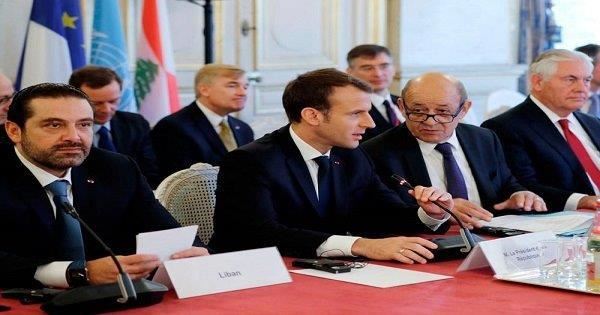
- Launch structural reforms aiming to fight corruption and reduce the budget deficit. As for the corruption, the government has to elaborate a new procurement system; publish all the information related to bids on the Internet making them public records; and issue decrees related to the law of the right to access information.
- Give the priority to projects that can raise growth and create new jobs, and to projects that could make Lebanon a platform for the reconstruction of Syria after the end of war.
- Rehabilitate the electrical sector to stop draining the budget.
Finally, being well aware of the huge risks that affect negatively the investment environment in Lebanon and the challenges we face, yet, Lebanon is still able to create an attractive investment environment if the Lebanese government creates a new approach taking into consideration not only the positive financial and economic indicators, but also other indicators related to the requirements of environment and human rights. The reduction of the excessive exploitation of natural resources, the focus on renewable energy and the protection of fresh water resources are now the main key to move towards a sustainable development.
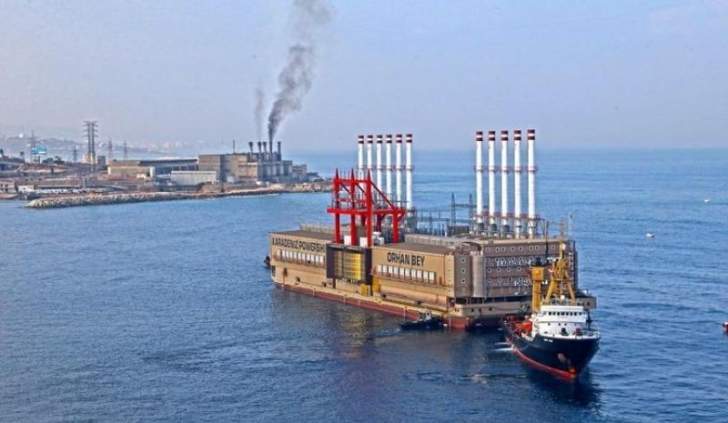
Concerning the new vision of the Lebanese economy, I think the government has to take into account the radical changes that have emerged in the business environment due to the digital revolution, open markets and the rise of open competition. It has also to take into consideration the changes that have taken place in Lebanon’s neighborhood, which have negatively affected its economic role.
We hope to reach a new economic vision that will enable the national economy to create jobs and opportunities reducing unemployment rate among young graduates from universities.
We also hope that the new vision will help develop rural areas, stop the migration of the rural population to the cities, as well as reduce the main dependence of the national economy on services which are extensively affected by the regional events.
 عن أمل جنبلاط المتجدد: لبنان يستحق النضال
عن أمل جنبلاط المتجدد: لبنان يستحق النضال
 صحافيون أم عرّافون!
صحافيون أم عرّافون!
 ماذا يجري داخل أروقة بيت الكتائب المركزي؟
ماذا يجري داخل أروقة بيت الكتائب المركزي؟


 عن الخرائط التي تُرسم والإتفاقات التي تتساقط!
عن الخرائط التي تُرسم والإتفاقات التي تتساقط!
 “الإنحراف في الحياة”/ بقلم كمال جنبلاط
“الإنحراف في الحياة”/ بقلم كمال جنبلاط
 هاشتاغ #صار_الوقت يحل أولاً في حلقة جنبلاط
هاشتاغ #صار_الوقت يحل أولاً في حلقة جنبلاط
 طاولة نقاش عن أزمة الصحافة في جامعة AUST
طاولة نقاش عن أزمة الصحافة في جامعة AUST
 عبدالله: ليظهر لنا وزير مكافحة الفساد حرصه في صفقات البواخر والفيول
عبدالله: ليظهر لنا وزير مكافحة الفساد حرصه في صفقات البواخر والفيول
 عبدالله: غريب أمر وزارة مكافحة الفساد!
عبدالله: غريب أمر وزارة مكافحة الفساد!

 Comment to Uri Avnery: How Sad What Is Looming Ahead
Comment to Uri Avnery: How Sad What Is Looming Ahead
 “Not Enough!”
“Not Enough!”
 … لمن لم يقرأ يوسف البعيني/ بقلم وسام شيّا
… لمن لم يقرأ يوسف البعيني/ بقلم وسام شيّا
 كمال جنبلاط في مولده الأول بعد المائة: تعاليمه وأفكاره ما زالت الحلّ/بقلم عزيز المتني
كمال جنبلاط في مولده الأول بعد المائة: تعاليمه وأفكاره ما زالت الحلّ/بقلم عزيز المتني
 رئيس حزب/ وليس (… سابقاً)/ بقلم د. خليل احمد خليل
رئيس حزب/ وليس (… سابقاً)/ بقلم د. خليل احمد خليل
 التوازن السياسي في لبنان
التوازن السياسي في لبنان
 لبنان… مشاريع انقلابية مؤجلة
لبنان… مشاريع انقلابية مؤجلة
 جنبلاط وحَمَلة أختام الكاوتشوك
جنبلاط وحَمَلة أختام الكاوتشوك
 Le Liban est un symbole de tolérance
Le Liban est un symbole de tolérance
 Our Automated Future
Our Automated Future
 The True Origins of ISIS
The True Origins of ISIS
 Les Misérables vs. Macron
Les Misérables vs. Macron
 عذراً أيها المعلم/ بقلم مهج شعبان
عذراً أيها المعلم/ بقلم مهج شعبان
 رساله الى المعلم / بقلم ابو عاصم
رساله الى المعلم / بقلم ابو عاصم
 إلى روح القائد والمعلم كمال جنبلاط/ بقلم أنور الدبيسي
إلى روح القائد والمعلم كمال جنبلاط/ بقلم أنور الدبيسي
 أسرار وعناوين الصحف ليوم الجمعة 14 كانون الاول 2018
أسرار وعناوين الصحف ليوم الجمعة 14 كانون الاول 2018






